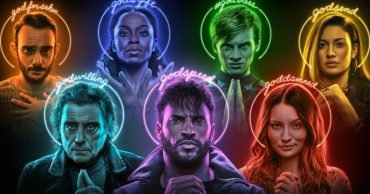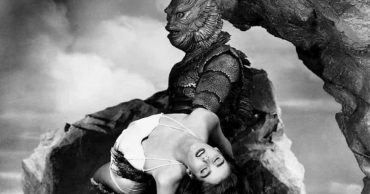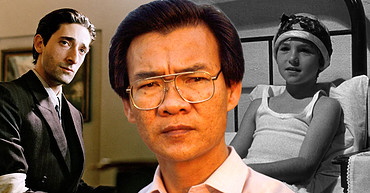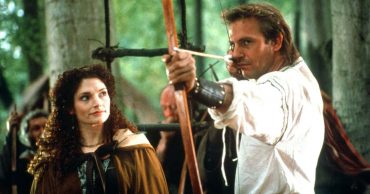As of 2025, there are many well-known movies that were shot on iPhone. Sean Baker (Anora) took the idea to the mainstream with his 2015 film Tangerine, and many filmmakers followed suit. However, it had already been done prior to this.
28 Years Later is the latest movie to be shot on iPhone. Considering the film is a big budget project that is set to be a major box office draw, this goes to show just how fast phone technology is growing, now being able to rival expensive cameras that have been used in the industry for decades. As this craze will likely continue, it’s worth while exploring some of the movies that paved the way. So, here’s our pick of the best movies shot on iPhone.
5. Unsane (2018)
Oscar-winning filmmaker Steven Soderbergh surprised the film industry in 2018 when he shot the entirety of his movie Unsane on an iPhone. With big budget movies like Oceans Eleven, Oceans Twelve, and Magic Mike on his resume, his decision to shoot on a smart phone seemed baffling to many at first. However, the film was more of an experimental project for the director.
When speaking about the movie with HeyUGuys, Soderbergh stated how shooting on an iPhone was not a last-ditch effort to navigate the film’s lower than normal budget, but actually a creative decision as the visual aesthetic of iPhone imagery created a sense of intimacy. As a movie about a woman who is involuntary committed to a mental institution, the iPhone’s ability to get in close without losing quality or distracting the talent really helped cultivate a claustrophobic feel to mirror what the main character is going through. Unsane garnered a wealth of critical praise and has gone on to become a cult horror movie and a trailblazer for movies shot on iPhone.
4. High Flying Bird (2019)
After the positive reception of Unsane, it didn’t take long for Steven Soderbergh to shoot on iPhone again, releasing High Flying Bird in 2019. This Netflix original sports drama follows a sports agent who pitches a rookie basketball client on an intriguing and controversial business proposition during a pro basketball lockout. Once again, Soderbergh’s decision to shoot on iPhone was met with much positivity. The frames are so sharp that many didn’t even realise that the whole picture was shot on iPhone.
This time around, there was much more action to film as well as a bigger cast and larger production altogether. The film was shot on the iPhone 8, which can record 4K video at 24, 30, or 60 frames per second, meaning the fast-paced basketball scenes could be captured perfectly. This marked a significant shift in the way many filmmakers looked at shooting movies. As actor’s salaries get larger and larger, shooting on an iPhone can now be the perfect way to save on a film’s budget without losing quality.
3. Tangerine (2015)
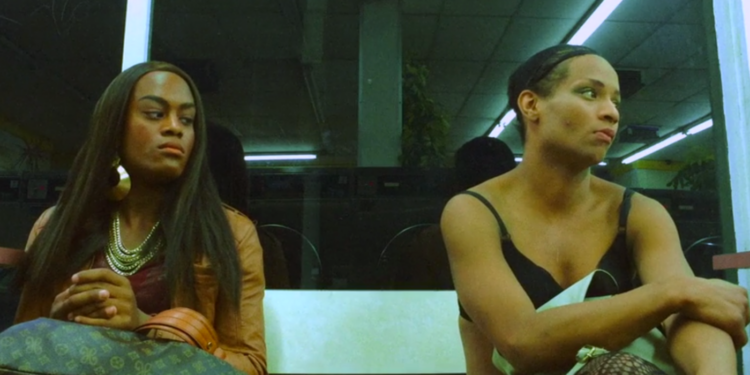
Sean Baker made history at the 2025 Academy Awards when he took home four Oscars for his film Anora. Known as one of Hollywood’s fastest-rising indie darlings, Baker became known to the masses with his 2015 movie, Tangerine. The plot follows Sin-Dee (Kitana Kiki Rodriguez), a 28-year-old prostitute who returns to her city on Christmas Eve to discover that the love of her life has been cheating on her. To salvage what’s left of her dignity, the heartbroken Sin-Dee embarks on a desperate mission to the two-timer, and no one can stop her – not even her best friend Alexandra (Mya Taylor).
This award-winning film quickly achieved high levels of praise after premiering at the Sundance Film Festival. The character-based picture was lauded for its simple plot and use of unknown actors. However, what really got people talking was the fact that it was shot entirely on three iPhone 5s cameras using the FiLMiC Pro app. Baker chose to film the movie this way as his budget for the movie was very small. Yet, the result was far from amateur and the iPhone cameras added a level of grit and authenticity to the murky side of Los Angeles. Since making Tangerine, Baker has been an advocate for shooting on iPhone, spreading the word to young and aspiring filmmakers that they don’t need big budgets and flashy cameras to make their entry point into cinema.
2. Searching for Sugar Man (2012)
Malik Bendjelloul‘s 2012 documentary Searching for Sugar Man stands out as a remarkable exploration of identity and self-discovery, focusing on two South Africans on a quest to uncover the fate of their enigmatic musical hero, Rodriguez, a forgotten rock ‘n’ roller from the 1970s. Notably, it was one of the first mainstream documentaries to utilize the iPhone as a filmmaking tool, with portions shot using an app called 8mm Vintage Camera after the producers ran out of film for their expensive real 8mm camera. This innovative approach not only emulates the film’s original aesthetic but also illustrates the potential of new technologies in the hands of creative filmmakers when traditional resources are limited.
Winning the Oscar for Best Documentary, Searching for Sugar Man delves into the duality of fame and anonymity, offering viewers a fresh perspective on cultural identity and the often-overlooked stories behind it. The use of the iPhone in this film has inspired countless documentarians to get out there and make their own films. Interestingly, even the prestigious BBC took note and shot their 2017 documentary, Secrets of the Super Elements, on the iPhone 7 Plus.
1. The Florida Project (2017)
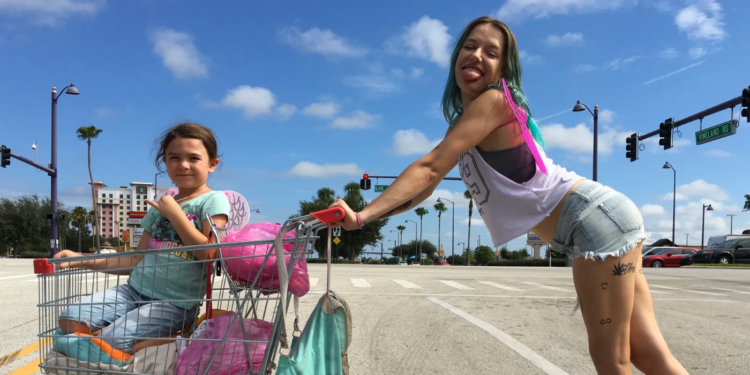
After the critical success of Tangerine, Sean Baker really didn’t need to shoot on iPhone again for his next picture, given that he had a larger budget this time around. Starring Willem Dafoe, The Florida Project was the perfect follow up to Tangerine, serving as another character-driven story with a simple plot. However, this movie had a little bit more of a light-hearted undertone. The plot follows a single mother and the manager of a roadside motel who do their utmost to maintain the innocence of a six-year-old girl’s life while she lives in the shadows of Disney World and yearns for bigger things.
Although the film was not shot on iPhone, Baker and his crew ran into problems when they were not permitted to film inside Disney World. This was arguably the biggest scene in the movie, so, Baker was not willing to cut it. Instead, he returned to his roots and shot the scene without authorization by paying for the cast and crew to get into the park and film with an iPhone 6s Plus. What’s remarkable is how this scene does not lack in quality compared to the rest of the movie which was shot on an expensive camera, further demonstrating just how much of a powerful filmmaking tool the iPhone has become.
Read Next: Whatever Happened to the Star of The Florida Project, Bria Vinaite?
 Follow Us
Follow Us
